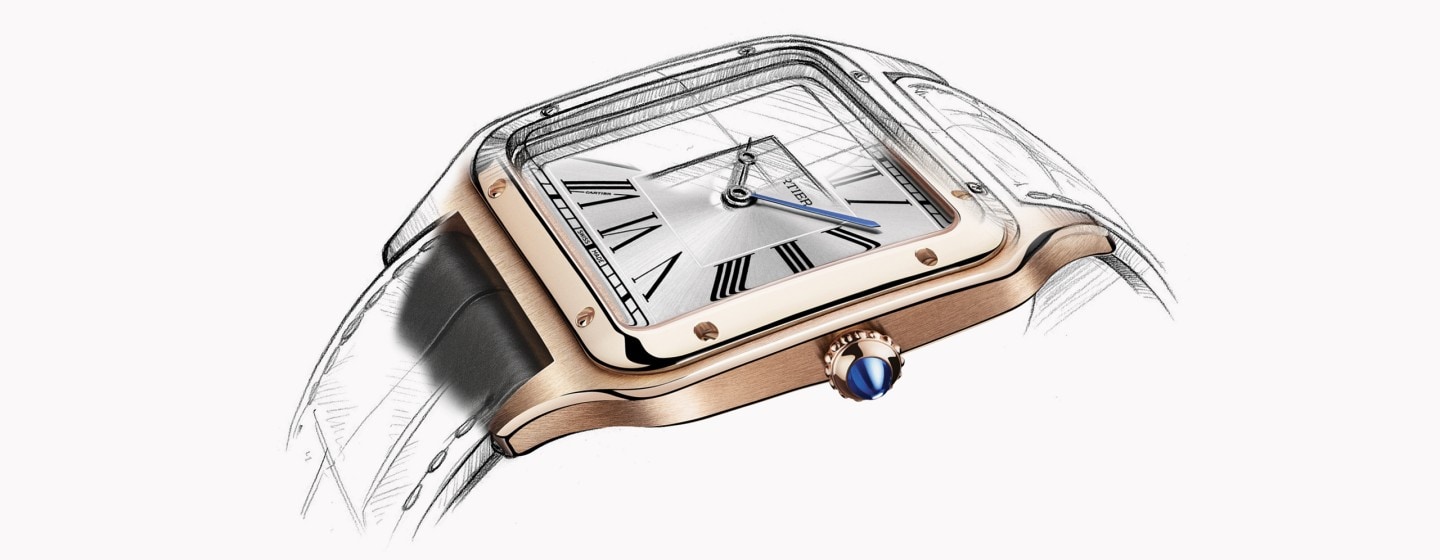
OPERATIONS
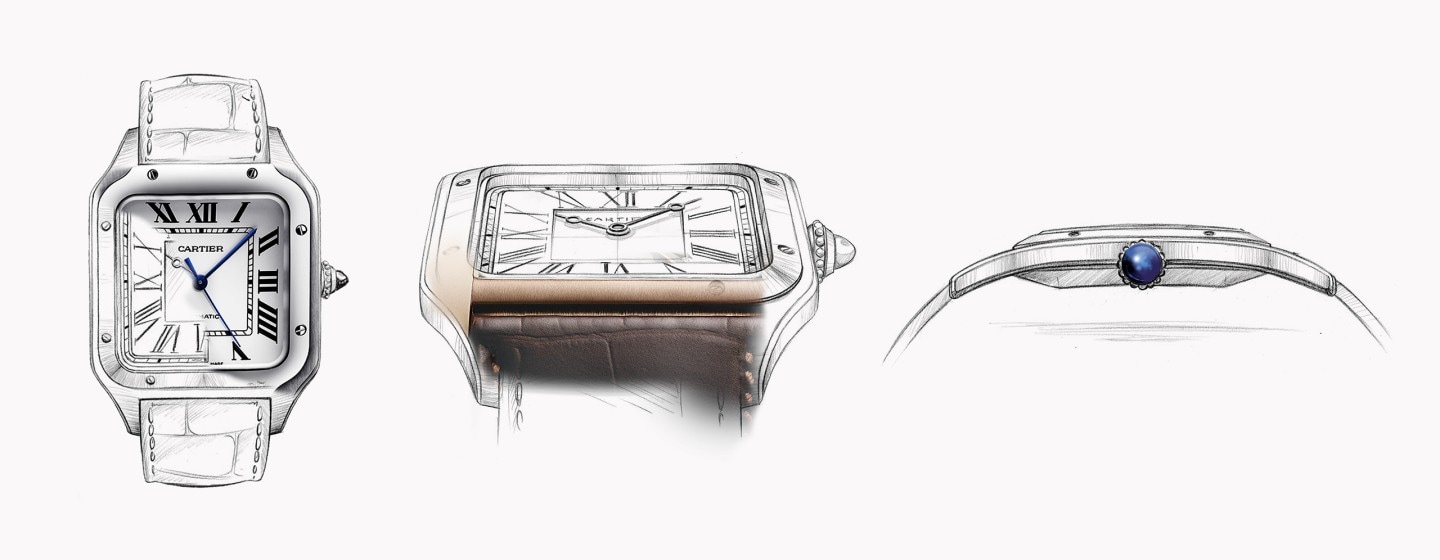
The design studio is in Paris, at the heart of the capital, on the top floor of a late 19th-century Haussmann building. This building is also incorporated into a set of contemporary glass buildings designed by the architect Ricardo Bofill.
Quiet and bright, it is a place inhabited by a spirit of openness where curiosity is welcome, in a warm, muted environment created by the beige and terracotta tones of the walls.
The Studio witnesses the birth of every new Cartier creation. Here, everything starts by hand, sketching out the first idea almost instinctively. Usually, it is spot-on. “One design in a single stroke”.
Created at first by hand using various mediums: gouache paint, felt tip or a simple pencil, the designs then take shape on a computer. They are soon given a 3D shape, either with a model made by hand or by our talented 3D designers, working together every day in the studio.
It is only once the idea, the rendering and the volumes are perfectly aesthetically mastered that the designer challenges the technical side to meet the demands of the design. A long collaboration then ensues with the technical experts of the Manufacture who, thanks to their expertise and their desire to overcome the constraints related to the objective, support the designers in creating objects of beauty.

Designers engineers and watchmaking specialists have one single goal: apply watchmaking savoir-faire to the aesthetic and, if necessary, develop new expertise.
150 development projects are underway at the same time. It usually requires two years between the first designs and the finished product however this process can be a lot quicker depending on the chosen project.
For a production process that is entirely based on quality optimisation, parts and raw materials are all meticulously checked. This rigorous approach meets the requirements of a highly selective sourcing policy that Cartier first applies during development and which continues throughout production.

Thanks to cutting-edge technology, pieces are manufactured with a degree of precision of almost 1/100. This demanding approach to precision represents Cartier watches' guarantee of both reliability and performance.
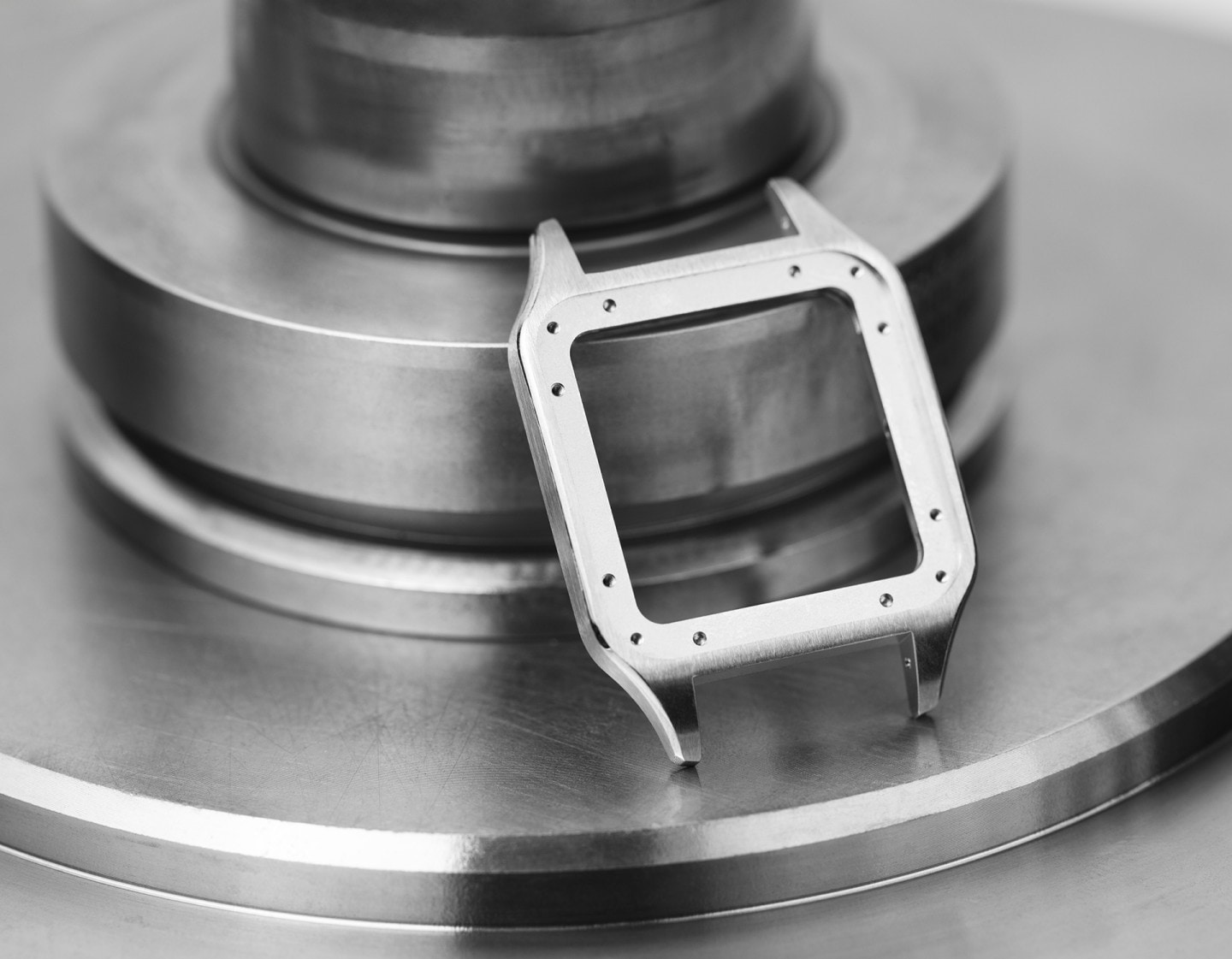
This particular savoir-faire allows polished and satin-brushed surfaces to co-exist on the same piece, all while maintaining the clean lines that render the design so striking.
Polishing a watch can require up to two hours of manual labour. To achieve the satin-polish of the Ballon Bleu de Cartier watch, more than 50 successive operations are needed.
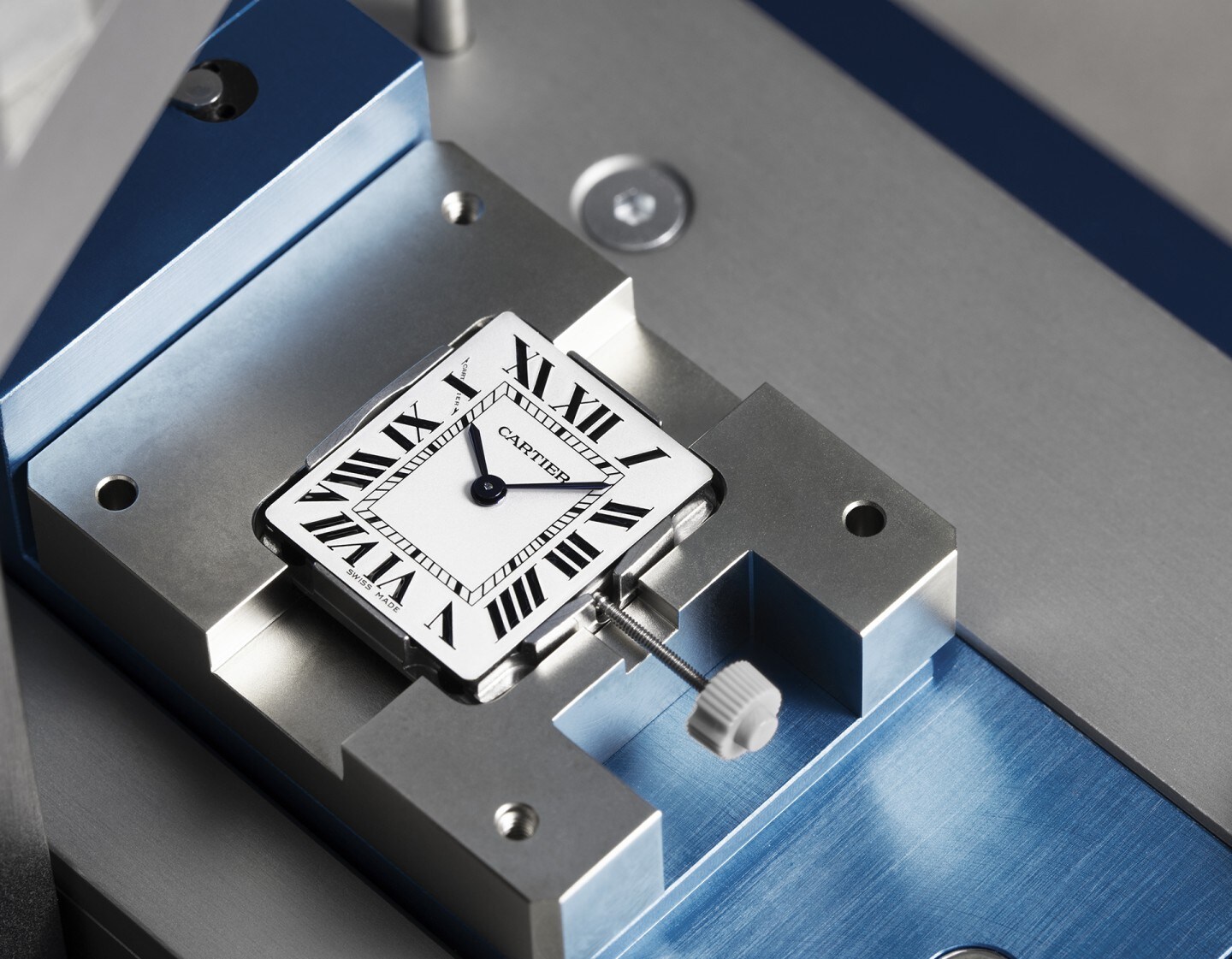
Assembling the components requires a high level of dexterity to preserve their quality and respect the care taken in their production. Once assembled, the watches are subject to rigorous individual checks where the chronometry and water resistance are evaluated to the most minute detail.
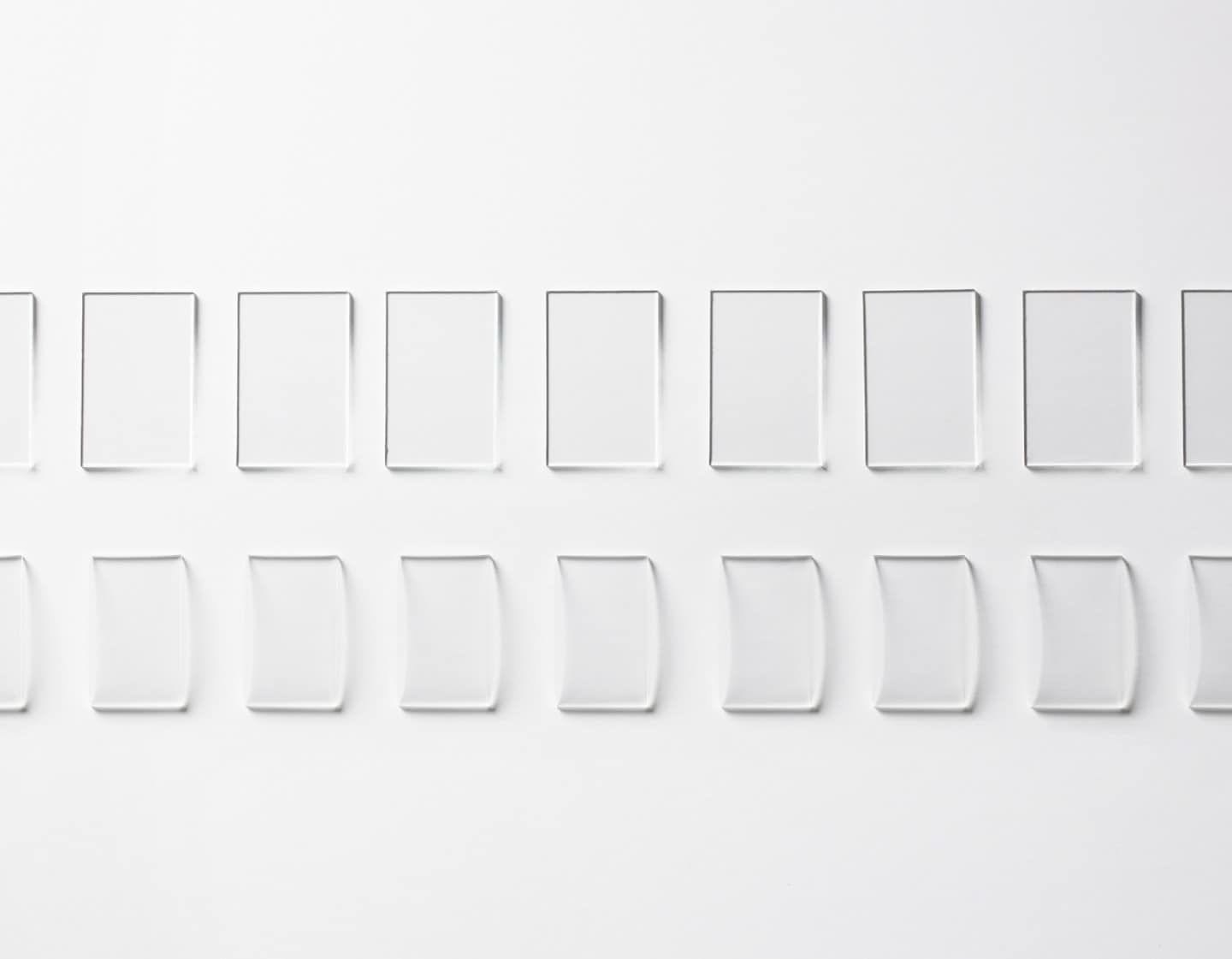
Mineral crystal production in watchmaking relies on a synergy between ancestral glasswork savoir-faire and precision in watchmaking. The combination of both these expertise is preciously conserved by Cartier.
To mould Cartier shaped cases, artisans heat the glass to more than 500°. Under the heat, the crystal becomes deformed before being poured into its mould. The quality depends on how the crystal is cooled and the precision of the various operations, which guarantee the watch's water resistance. Several crafts come together to transform the glass from its raw state into the crystal glass that is characteristic of Cartier designs. This process can take up to 2 weeks.

Cartier has mastered the savoir-faire involved in producing hands.
Creating a hand requires the contribution of around twelve different crafts. For example, hammering, cutting and polishing.
The hands' blue colour comes from traditional watchmaking: in the past, watches were not water resistant, and blueing the steel helped to protect the hands from corrosion.
The hands are placed in kilns that are heated to around 300° for a duration of time which is calculated down to the second in order to obtain the iconic blue colour of the Cartier hands. To ensure excellence, each second, minute and hour hand is selected and paired so that the hands placed on each watch are the exact same blue colour.
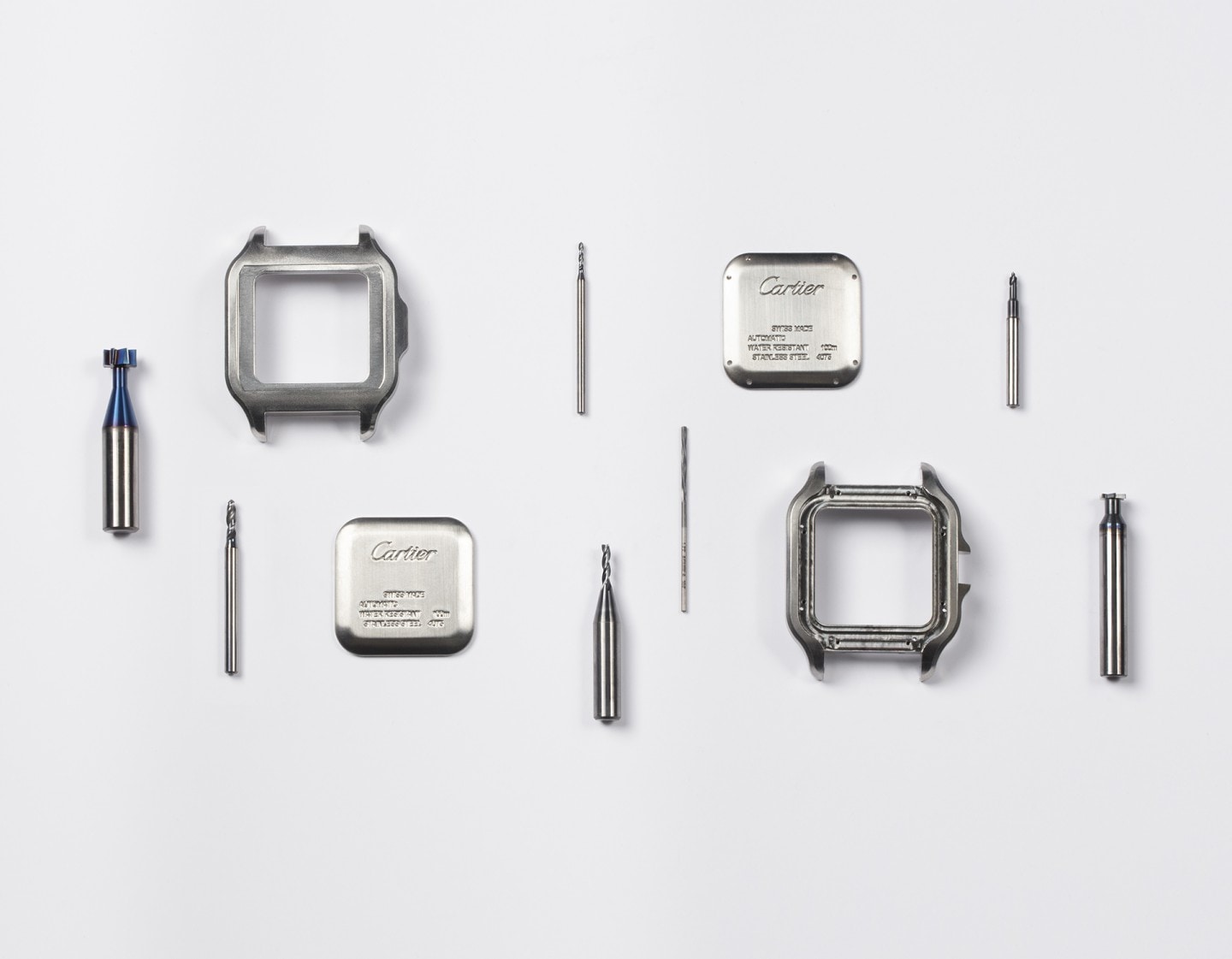
The shape of Cartier watches is characteristic. Each design will require a specific concept, a specific manufacturing process and precise training for employees. In fact, for each shape, specific tools are designed and produced for Cartier Watchmaking.
Producing a shaped case requires more than 50 operations spread across four main crafts: stamping, machining, polishing and assembly, as well as all the checks carried out between these operations.
Stamping consists of shaping the case exterior by distorting the material under more than 125 tonnes of pressure in a hard steel mould. The piece is then worked in machining devices, where tools are used to remove the material and cut the piece to its precise dimensions. Then, the polishers' hands are responsible for achieving the complex finishes of a Cartier watch: alternating between polished and brushed areas is only possible with a skill that requires several years of training and experience.